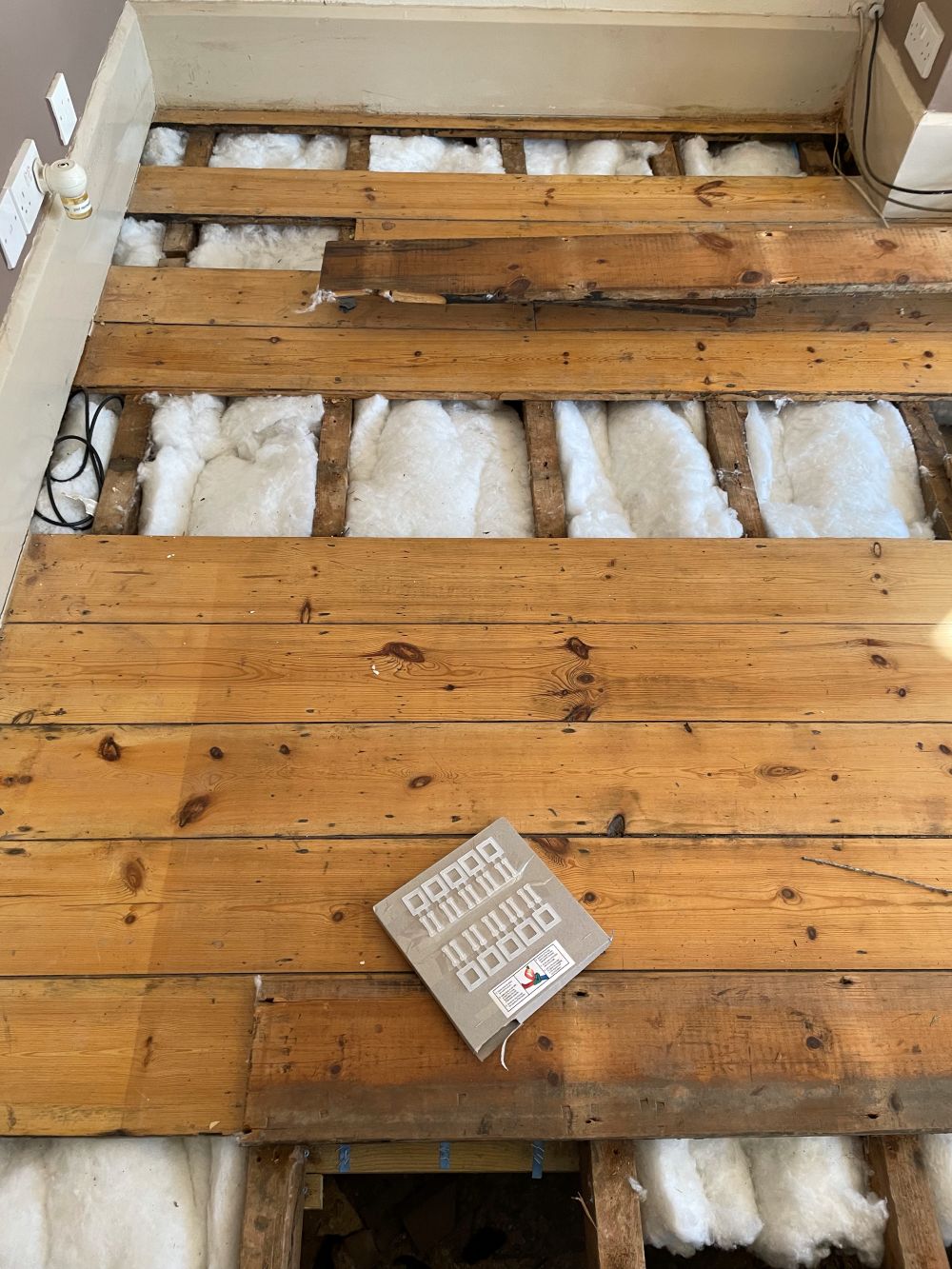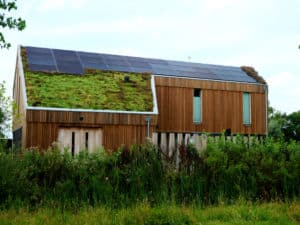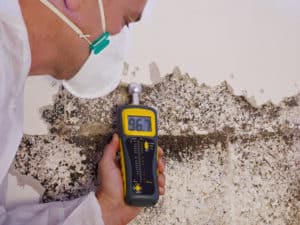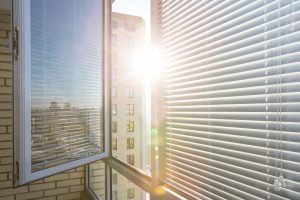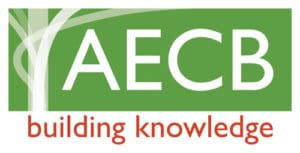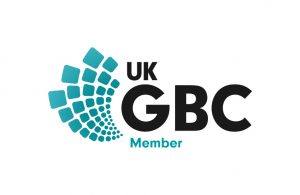Retrofitting isn’t just a trend; it’s a necessity. With 80% of the homes that will exist in 2050 already built, upgrading these properties to meet Net Zero carbon standards is essential if we’re serious about tackling climate change. But retrofitting is about more than cutting emissions. It also improves comfort, slashes energy bills, and boosts long-term health.
Read on for our second blog in the Net Zero Series on how low-carbon retrofits are reshaping the future of UK homes.
Missed our first blog in the series? You can read it here.
Why retrofit?
1. Climate action begins at home
There are around 25 million homes in England. By 2050, only 6 million more will be added, meaning most of our 2050 housing stock already exists. These homes often run on outdated gas or oil heating and are poorly insulated. Retrofitting gives us a chance to reduce their carbon footprint dramatically by improving efficiency, switching to low-carbon heating like heat pumps, and installing on-site renewables like solar panels.
2. Cutting bills, not just carbon
Energy efficiency doesn’t just help the planet – it helps your wallet. Fuel poverty remains a major issue, with inefficient homes (typically rated EPC Band D or lower) leaving people cold and out of pocket. Retrofits help reduce energy usage, which directly translates to lower energy bills, making homes warmer and more affordable to run.
3. Health and wellbeing benefits
Retrofitted homes are healthier homes. Better insulation and ventilation mean fewer drafts, less damp and mould, and more consistent indoor temperatures. This is especially important for the elderly, young children, and anyone with respiratory issues. In fact, health improvements are thought to account for up to 75% of the overall value of energy-efficient upgrades.
What does a Net Zero retrofit involve?
Setting clear goals
The most effective retrofits start with strong targets. From the outset, projects should aim to meet performance benchmarks such as ultra-low energy demand, airtightness, and renewable energy generation. These goals should be embedded in the brief and tracked through tools like energy modelling.
Assembling the right team
Early involvement of a skilled energy consultant or retrofit specialist is critical. They guide the design and ensure that energy performance targets are realistic and achievable, often using tools like the Passivhaus Planning Package (PHPP) for modelling.
Whole house thinking
Rather than tackling upgrades piecemeal, a “whole house approach” ensures that every measure complements the next. This avoids costly mistakes and supports long-term planning. PAS 2035 – the UK’s retrofit standard – formalises this process, requiring a Retrofit Coordinator to oversee design, installation, and risk management.
Key retrofit measures
Heating: go electric
With the UK’s electricity grid rapidly decarbonising, heat pumps are emerging as the best low-carbon option. They are efficient, cost-effective to run (when the home is well insulated), and future-proof. Other options like direct electric heating can lead to higher bills, while hydrogen remains an expensive and largely unproven alternative.
Windows and airtightness
Old windows are a major source of heat loss: up to ten times more than insulated walls. High-performance triple-glazed windows with airtight installation significantly reduce energy loss. In conservation areas or listed buildings, improvements like draught-proofing or secondary glazing might be more appropriate.
Insulation: inside or out?
External wall insulation is usually best for thermal performance and minimising cold spots, but space, planning restrictions, and cost may dictate otherwise. If internal insulation is necessary, breathable materials like wood fibre help reduce condensation risk. Always combine insulation with proper ventilation to avoid trapping moisture.
Avoiding pitfalls.
Poorly executed retrofits can cause damp, mould, and even structural issues. Buildings must continue to manage moisture from weather and daily living. Key principles include ensuring adequate ventilation, prioritising external insulation where possible, and avoiding non-breathable materials internally unless carefully managed.
There’s no one-size-fits-all “green” tech that solves everything. Effective retrofits require thoughtful design, the right materials, and coordination between professionals. Environmental labels and schemes can help, but shouldn’t replace robust planning.
Retrofitting is one of the most impactful things we can do to meet climate goals while improving quality of life. It’s not without challenges (technical, financial, and practical!)l but with a clear plan, the right team, and attention to detail, a Net Zero future is within reach.
Want to know more about getting started with a retrofit plan? Get in touch with a member of the Buildpass team.



